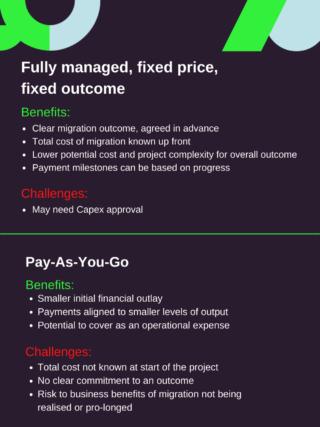How to plan a Microsoft Office 365 email migration
Microsoft Office 365 email migrations are anything but easy. They require a clear Microsoft Office 365 migration plan and a concrete strategy if your migration is going to be deemed a success. Now it’s not all doom and gloom because we’re here to help make your migration to the cloud simple.
Read more – How to plan a Microsoft Office 365 email migration




